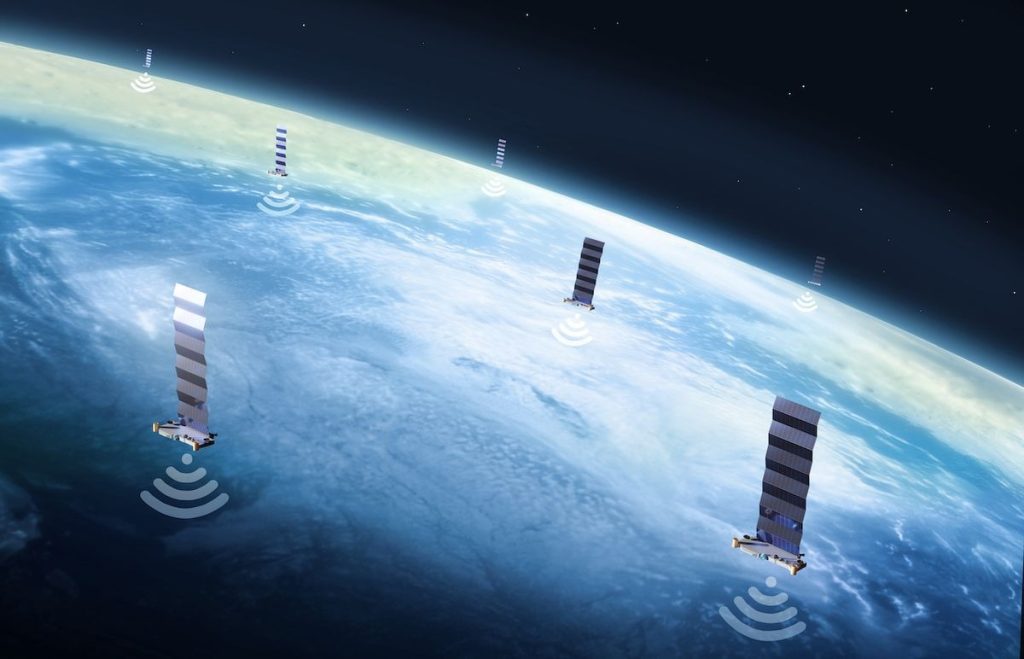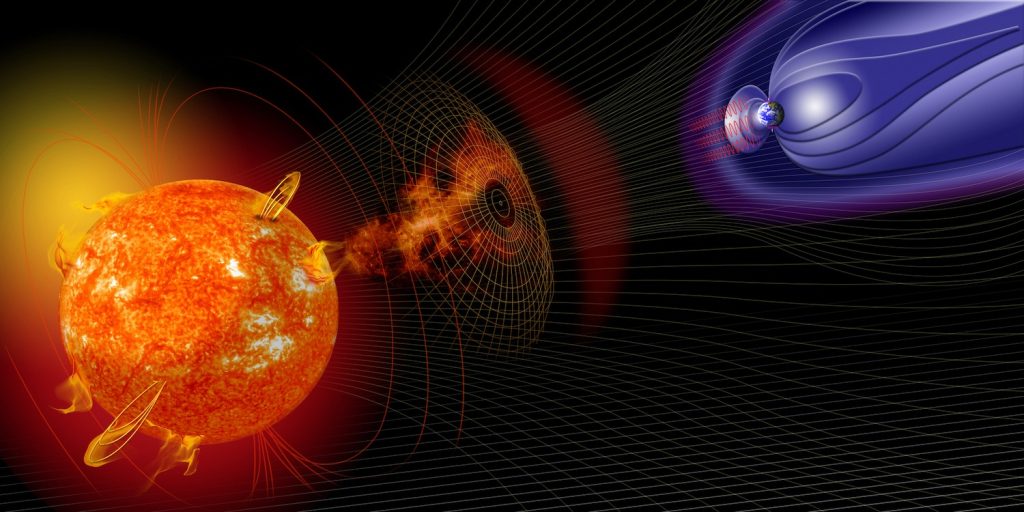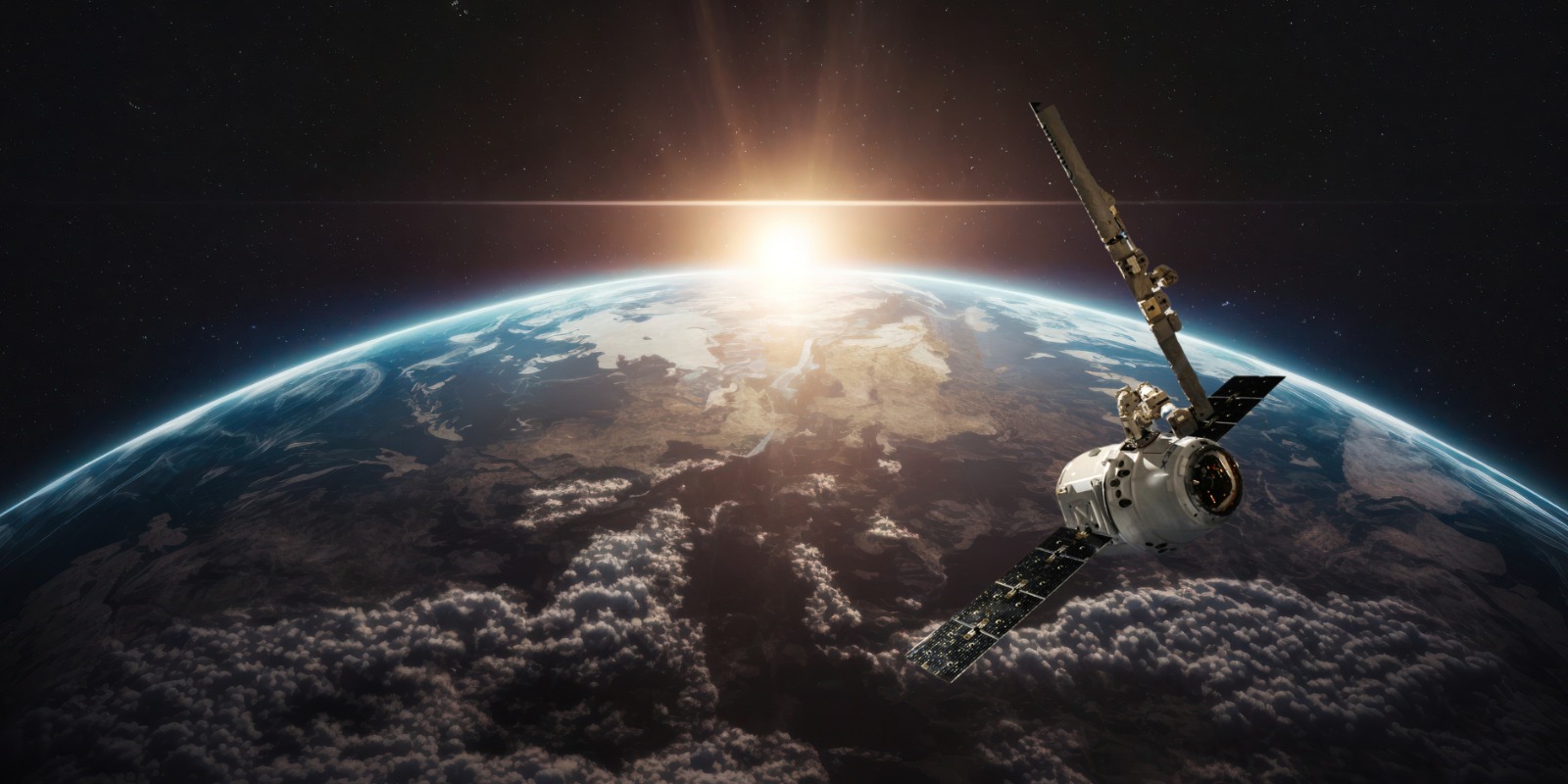Table of Contents
Elon Musk’s Starlink satellites have been making headlines for years. These small devices float in space, bringing the internet to people all around the world — even in the middle of nowhere. But now, something surprising is happening: some of these satellites are falling out of space. Why? Because of the Sun.
Yes, our star — the one that keeps us warm — is causing problems for technology orbiting Earth. In this blog, we’ll break down:
- What Starlink is
- How the Sun affects satellites
- Why is this happening now?
- What does it mean for the future of space internet?
Let’s explore how nature and technology are clashing above our heads.
What Is Starlink?

Starlink is a project by SpaceX, the space company run by Elon Musk. The idea is simple: build a network of satellites in space that can beam high-speed internet to Earth.
Why does this matter?
- Many people live in areas where regular internet doesn’t reach.
- Starlink can connect people in the mountains, deserts, and rural towns.
- It’s also useful during emergencies, wars, and natural disasters.
Right now, there are thousands of Starlink satellites flying around Earth, and more are being launched regularly.
What’s Happening to These Satellites?

Recently, scientists and engineers have noticed something strange: some Starlink satellites are dropping out of their orbits and falling back into Earth’s atmosphere.
When satellites fall too low, they burn up and are destroyed.
But why is this happening?
The answer is: the Sun — or more specifically, solar activity.
How Does the Sun Affect Satellites?

The Sun is not just a ball of fire. It also sends out energy in the form of:
- Solar winds: fast-moving particles from the Sun
- Radiation: invisible energy that can interfere with electronics
- Solar flares: powerful bursts that send waves of energy across space
When this energy hits Earth, it can do a few things:
- Heat up the upper layers of Earth’s atmosphere
- Make the atmosphere expand
- Increase drag (air resistance) on satellites
This “extra drag” is what’s causing Starlink satellites to slow down and drop in altitude.
It’s like trying to ride a bike through strong wind — it slows you down and can throw you off course.
Why Is This Happening Now?
The Sun goes through an 11-year cycle of activity. Sometimes it’s calm, and sometimes it’s more active.
Right now, we’re heading toward a solar maximum — the time when the Sun is most energetic. This means:
- More solar flares
- Stronger solar winds
- Bigger problems for anything flying high above Earth
Starlink satellites orbit in low-Earth orbit (LEO), which makes them more susceptible to these changes.
In fact, during one solar storm, SpaceX lost over 40 satellites in a single event. They couldn’t escape the increased drag and were pulled down.
What Happens When a Satellite Falls?

If a satellite falls too low:
- It gets pulled by Earth’s gravity
- It moves through the thicker parts of the atmosphere
- It heats up and burns like a shooting star
- It does not reach the ground — it just vaporizes in the sky
So, there’s no danger of satellites crashing into houses. But it does mean money, equipment, and time are lost.
What Is SpaceX Doing About It?
SpaceX is not giving up. Instead, they’re:
- Improving satellite designs to handle solar storms better
- Adding shields and upgrades to reduce drag
- Using smart software that lets satellites move themselves to safety
They are also closely monitoring the Sun with the help of space agencies like NASA and NOAA, so they can avoid launching during stormy periods.
How Does This Affect Us on Earth?
For most of us, life goes on as normal. But here’s how it might affect some:
- Slower or lost internet in remote areas
- More expensive launches for SpaceX
- Delays in expanding Starlink to new countries
It’s a reminder that space is not easy, and nature still has the final say — even in the high-tech world of Elon Musk.
Fun Fact: The Northern Lights Are Linked to This Too!

Have you ever seen the beautiful aurora borealis, or Northern Lights?
They are caused by the same solar storms that hurt satellites! When the Sun’s energy hits Earth’s atmosphere, it lights up the sky in colors.
While solar activity can be hazardous for technology, it also creates one of nature’s most beautiful sights.
What Can We Learn from This?
- Space is wild – Even the best technology needs to respect nature.
- The Sun is powerful – It gives us life, but it can also mess with satellites.
- Tech needs to adapt – Smart designs and planning can reduce damage.
This challenge is part of the journey. Just like early airplanes faced storms and wind, today’s space systems must learn to handle the Sun.
Conclusion
Starlink is trying to bring the internet to every corner of the planet — and that’s an amazing mission. But even in space, things don’t always go as planned.
The Sun, in its natural cycle, is shaking things up. Some satellites are falling, but new lessons are being learned. SpaceX and other space companies will continue to improve, adapt, and reach for the stars.
So next time you look up at the sky, remember — there’s a battle going on between satellites and the Sun. And it’s helping shape the future of how we all connect.






































